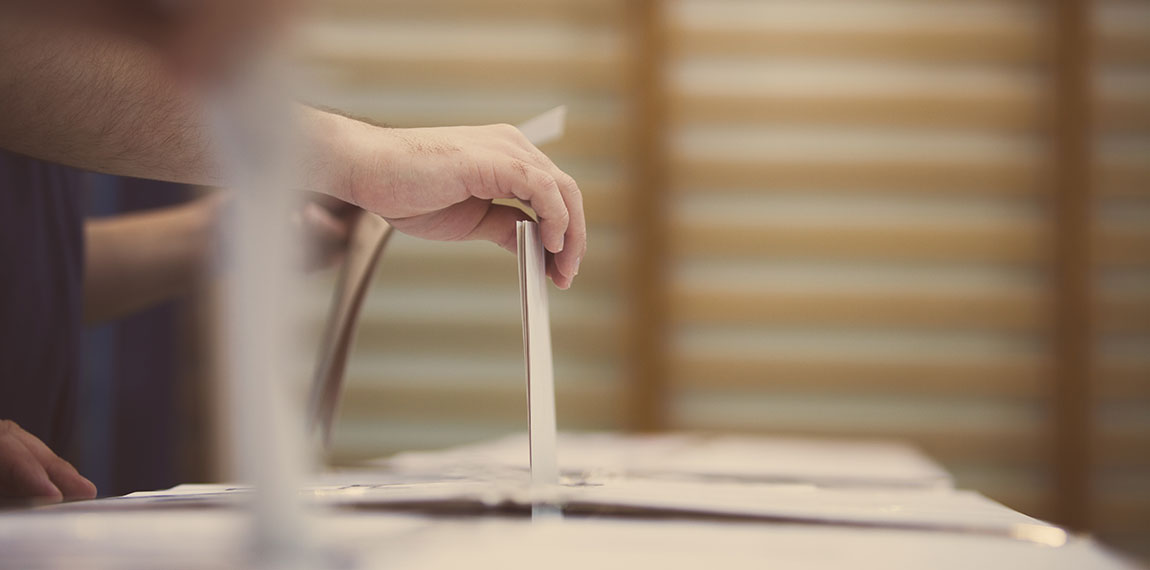Today, a settlement agreement for the November election has been reached between attorneys representing New York voters and state attorneys with the New York State Board of Elections and Office of the New York Attorney General, addressing issues brought by Selendy & Gay and Campaign Legal Center (CLC) in their July case over the process by which the state counts absentee ballots. The League of Women Voters of New York State and an individual, Carmelina Palmer, are plaintiffs in the case.
Terms of the settlement specify how voters will be contacted if their ballot is rejected and how they can fix the problem. The state has expanded who will benefit from this “cure” process to include other types of errors beyond their signature, including defects with their envelope. It will also, for the first time, provide a clear list of technical issues – such as use of pencil or extraneous marks on the ballot – that do not trigger ballot rejection and do not require any further voter action. Counties had previously used many of these reasons to disqualify ballots, leading to alarming ballot rejection rates, including in this year’s primary elections. More than 84,000 ballots were rejected in New York City alone. The settlement builds off the suite of voter protections addressed by Governor Andrew Cuomo and the New York State Legislature in August.
“This settlement, combined with legislative action, will give voters clarity and confidence heading into the fall,” said Danielle Lang, co-director, voting rights and redistricting at Campaign Legal Center. “New York should see a sharp reduction in the rejection rate of absentee ballots, a major departure from its worst-in-the-nation rejection rate in previous elections. This is the result of a collaborative process with the state where election officials recognized the staggering problem of ballot rejections and came to the table to identify solutions. We all agree that eligible voters should not lose their constitutional rights over technical issues.”
“The right to vote by absentee ballot has been strengthened for all New Yorkers,” stated Laura Ladd Bierman, executive director of the League of Women Voters of New York State. “Voters now have the opportunity to correct unintended mistakes made when completing and returning their absentee ballots. With new laws passed by the Legislature, signed by the Governor, and now this settlement, a process has been established to ensure that voters’ ballot will not be rejected without their knowledge and ability to fix the error. This is a huge win for New York voters.”
“We are gratified that the Governor and legislature have addressed issues raised in our suit for the upcoming election,” said Selendy & Gay partner Joshua Margolin. “This is a very important step for New York to protect its citizens during one of the most important presidential elections in US history.”
For this election, voters will be given five to seven days (depending on the date of receipt of the ballot) to verify their identity and fix any problems with their ballot after being notified by the Board of Elections. The settlement specifies the way that the Board must contact voters by phone, email or mail. Voters can resolve any issues raised by the Board by providing their name, date of birth, and voter registration address and returning their notice form to affirm their identity.
Read the League of Women Voters of New York State’s FAQs sheet on voting in 2020.
In the 2018 general election, New York had the highest absentee ballot rejection rate in the country, discarding more than 34,000 absentee ballots or about 14% of all absentee ballots cast. The use of mail voting skyrocketed in this year’s primaries due to the pandemic.



